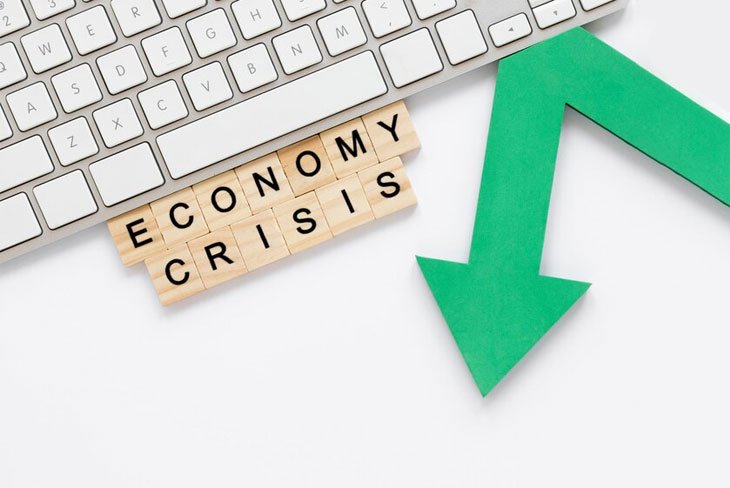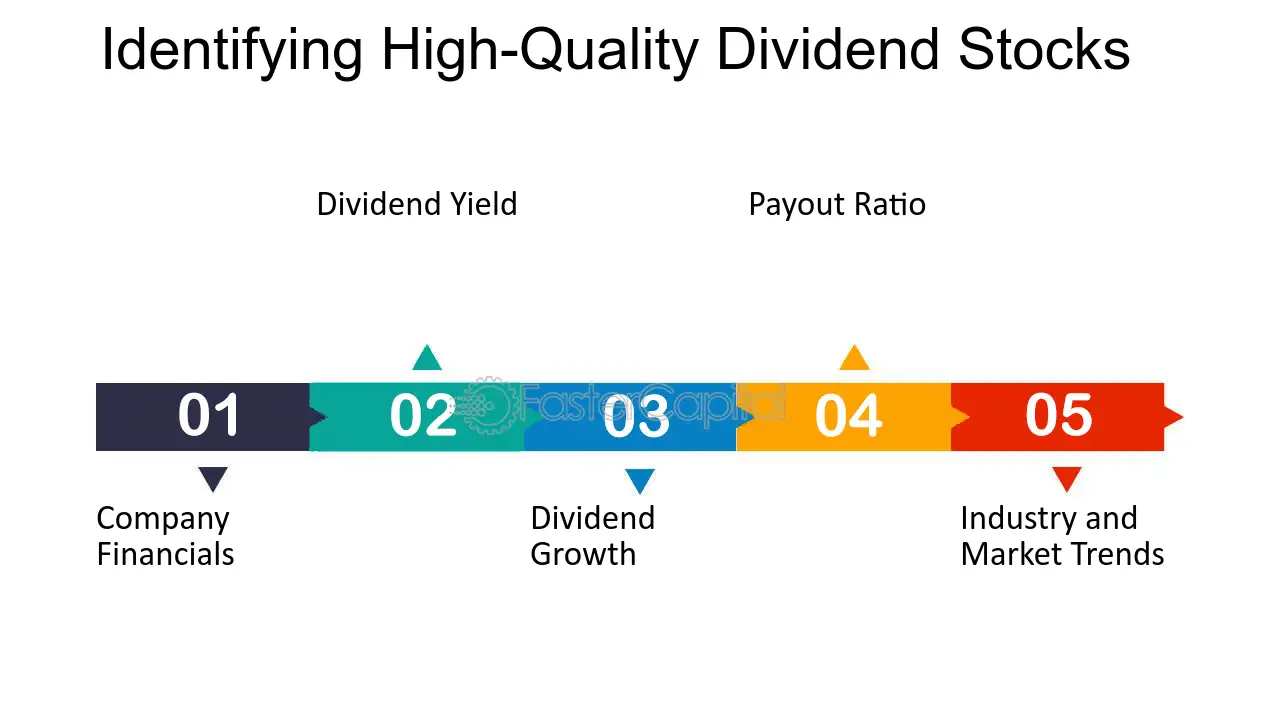
Compound interest is one of the most powerful concepts in finance. Albert Einstein famously called it the eighth wonder of the world, saying “He who understands it, earns it … he who doesn’t … pays it.”
The ability of compound interest to grow money over time is unmatched. According to one study, if you had invested $1 in the S&P 500 index in January 1871, it would have grown to $1.3 million by 2021 – entirely through the power of compounding returns.
But what exactly is compound interest, and how does it work its magic? Read on to understand the mechanics behind compound interest and how you can harness its wealth-building power.
What is Compound Interest?
Compound interest refers to interest calculated on the initial principal amount and also on the accumulated interest of preceding periods.
For example, if you invest $1,000 at a 10% annual interest rate, in the first year you will earn interest of $100 on your $1,000 principal. In the second year, you will earn 10% interest on your $1,000 principal and the $100 interest earned earlier. This cycle continues, allowing interest to earn more interest over time.
This differs from simple interest, where interest is calculated only on the principal amount. With simple interest, your interest earnings remain constant each period.
The Power of Compound Interest
The true power of compound interest lies in the effect of time. The longer the time period, the more powerful the compounding effect becomes.
Consider this example:
- Investor A invests $5,000 at age 25 at a 7% annual interest rate
- Investor B invests $5,000 at age 45 at a 7% annual interest rate
- Both investors retire at 65
By retirement, Investor A’s $5,000 has grown to $32,071. Investor B’s $5,000 grew to only $13,515 in the same time period.
With an additional 20 years for interest to compound, Investor A’s money grew significantly more than Investor B’s, even though they invested the same amount at the same interest rate. This simple example demonstrates the dramatic effects of compound interest over long time periods.
Section 1: Understanding Compound Interest
To harness the power of compound interest, you first need to understand how it works and the key variables that impact its growth.
1.1 What is Compound Interest?
Compound interest can be defined as the interest calculated on the initial principal sum, and also on the accumulated interest of previous periods. It is the growth that occurs when interest is added to principal, which in turn earns interest on itself.
The difference between simple and compound interest is that with simple interest, interest is only calculated on the principal amount. With compound interest, interest is calculated on principal + previously accumulated interest.
For example:
- Simple interest on $1,000 at 5% calculated annually:
- Year 1: $1,000 x 0.05 = $50
- Year 2: $1,000 x 0.05 = $50
- Total interest earned = $100
- Compound interest on $1,000 at 5% calculated annually
- Year 1: $1,000 x 0.05 = $50
- Year 2: ($1,000 + $50) x 0.05 = $52.50
- Total interest earned = $102.50
The additional $2.50 was earned via compounding in the second year.
1.2 How Compound Interest Works
The formula for calculating compound interest is:
A = P(1 + r/n)nt
Where:
- A = Total amount accrued after time period (t)
- P = Principal amount
- r = Annual interest rate
- n = Number of compounding periods per year
- t = Total time in years
This formula calculates the effect of compounding by taking the initial principal, multiplying it by (1 + interest rate/periods per year) raised to the power of (number of years x periods per year).
The more frequently compounding occurs, the greater the compound interest. For example, $1,000 invested at 6% annually compounded monthly would accumulate to more than if it compounded annually.
1.3 The Power of Time in Compound Interest
Compound interest’s biggest strength is the effect of time. The longer the time period, the more powerful the compounding effect becomes. This is known as the time value of money.
For example, $10,000 invested at 8% annually for 10 years would accumulate to $21,589. But over 30 years, it would grow to $100,627!
| Investment Horizon | Total Accumulated |
|---|---|
| 10 years | $21,589 |
| 20 years | $46,610 |
| 30 years | $100,627 |
As demonstrated, extended time horizons allow interest to build on itself and grow significantly more compared to shorter periods. Starting to invest early allows you to maximize this time value of compound interest.
Section 2: The Benefits of Compound Interest
Understanding compound interest theory is important. But what does it mean practically? The key benefits of compound interest are:
- Generating long-term wealth
- Creating passive income streams
- Reaching financial goals quicker
2.1 Wealth Accumulation
Compounding returns act as a wealth escalator, allowing money to grow significantly over long periods. Consider the story of Ronald Read, who amassed an $8 million estate through diligent investing in blue chip stocks and reinvesting dividends, starting from humble means.
The earlier you start investing, the more wealth compounding can build. Starting at age 20 rather than 30 can mean hundreds of thousands more accumulated by retirement.
2.2 Passive Income Generation
Once your principal accumulates, compound interest starts generating earning in excess of your contributions. This excess income earned is passive income.
Investment vehicles like bonds, CDs, dividend stocks, peer-to-peer lending, and real estate can generate steady compound interest returns. $500,000 invested across these at 6% average interest can generate $30,000 annually in passive income.
2.3 Financial Independence
By accelerating wealth accumulation, compound interest helps investors reach financial independence and retirement earlier.
For example, saving $500 per month in a retirement account earning 8% annually over 30 years results in $489,515 saved. This could provide income of $1,961 per month indefinitely!
Compounding returns act as a tailwind, helping you reach financial goals faster than simple interest can.
Section 3: Strategies to Maximize Compound Interest
To fully capitalize on compound interest, utilize these proven strategies:
3.1 Start Early
Compound interest’s biggest advantage is time. The earlier you start investing, the more time your money has to grow.
Starting 5 years earlier could mean tens of thousands more accumulated by retirement:
| Age Started | Saved per Month | Total Accumulated by 65 |
|---|---|---|
| 25 | $300 | $561,033 |
| 30 | $300 | $478,592 |
Delaying investing by even 5 years results in over $80,000 less accrued! This demonstrates the significant impact of those early investing years.
3.2 Regular Contributions
Consistently investing money allows compounding to work its magic. Through dollar cost averaging, regular monthly investments buy more units when prices are low and less when high.
This both smooths out volatility and enhances compounding by growing your principal faster. Automating investments ensures discipline to regularity.
3.3 Choosing the Right Investment Accounts
Tax-advantaged retirement accounts like 401(k)s and IRAs help compound interest grow faster by allowing tax-deferred growth. This enables full reinvestment of returns.
Similarly, online high-interest savings accounts offer up to 20X the interest rates of traditional bank accounts. This generates significantly higher earning to compound.
Section 4: Common Mistakes to Avoid
While compound interest can easily grow wealth, it’s also possible to hinder its effects through certain missteps:
4.1 Ignoring Inflation
Inflation erodes the purchasing power of money over time. Returns that seem high may actually be low after factoring in inflation.
It’s important to choose investments that generate returns higher than inflation. One strategy is to invest in assets with intrinsic value like stocks, real estate, and commodities.
4.2 Withdrawing Early
Every withdrawal slows down compound interest by reducing principal. Withdrawals should be minimized, especially in the early years.
It’s best to leave invested funds untouched for as long as possible. The IRS requires minimum distributions from retirement accounts after age 70.5 to force this discipline.
4.3 Overlooking Fees and Expenses
Fees and expenses on investments reduce net returns and slow down compounding. Actively managed mutual funds often charge over 1% annually.
Low-cost index funds and ETFs with fees below 0.10% help maximize compounding. Brokerage, account maintenance and trading fees should also be minimized.
Section 5: Real-Life Applications of Compound Interest
While compound interest is a mathematical concept, it has many practical applications in everyday personal finance:
5.1 Case Studies of Successful Investors
- Warren Buffett – The legendary investor amassed a $100 billion fortune partially through the compounding returns of Berkshire Hathaway stock, which has delivered 20%+ annual returns for decades.
- John Bogle – The founder of Vanguard Group and index investing also benefited immensely from compound interest. His net worth was estimated at $80 million when he died in 2019.
- Suze Orman – The popular personal finance expert has grown her wealth to an estimated $75 million through prudent investing and letting compound interest work.
5.2 Compound Interest in Everyday Life
- Mortgages – Homeowners pay down mortgages faster by making bi-weekly payments. The increased payments reduce interest costs through the effect of compounding.
- Credit Card Debt – Credit card interest compounds daily, making it very expensive debt. Paying it down quicker minimizes interest costs.
- Retirement Planning – Compound returns allow retirement accounts like 401(k)s to grow significantly over time. Higher retirement contributions accelerate this growth.
Conclusion
Compound interest is a simple but powerful wealth-building tool. Its ability to generate exponential returns over time makes it invaluable for investors and savers alike.
By starting to invest early, making regular contributions, choosing the right investment accounts, minimizing fees, and avoiding unnecessary withdrawals, individuals can harness the full benefits of compounding.
The real-life examples show that with prudent investing and patience, compound interest can help grow wealth and reach financial independence. The time value of money makes compounding most powerful in the long run.
Whether saving for retirement or other goals, compound interest can help supercharge your wealth. Use its force wisely, and you can secure your financial future.














